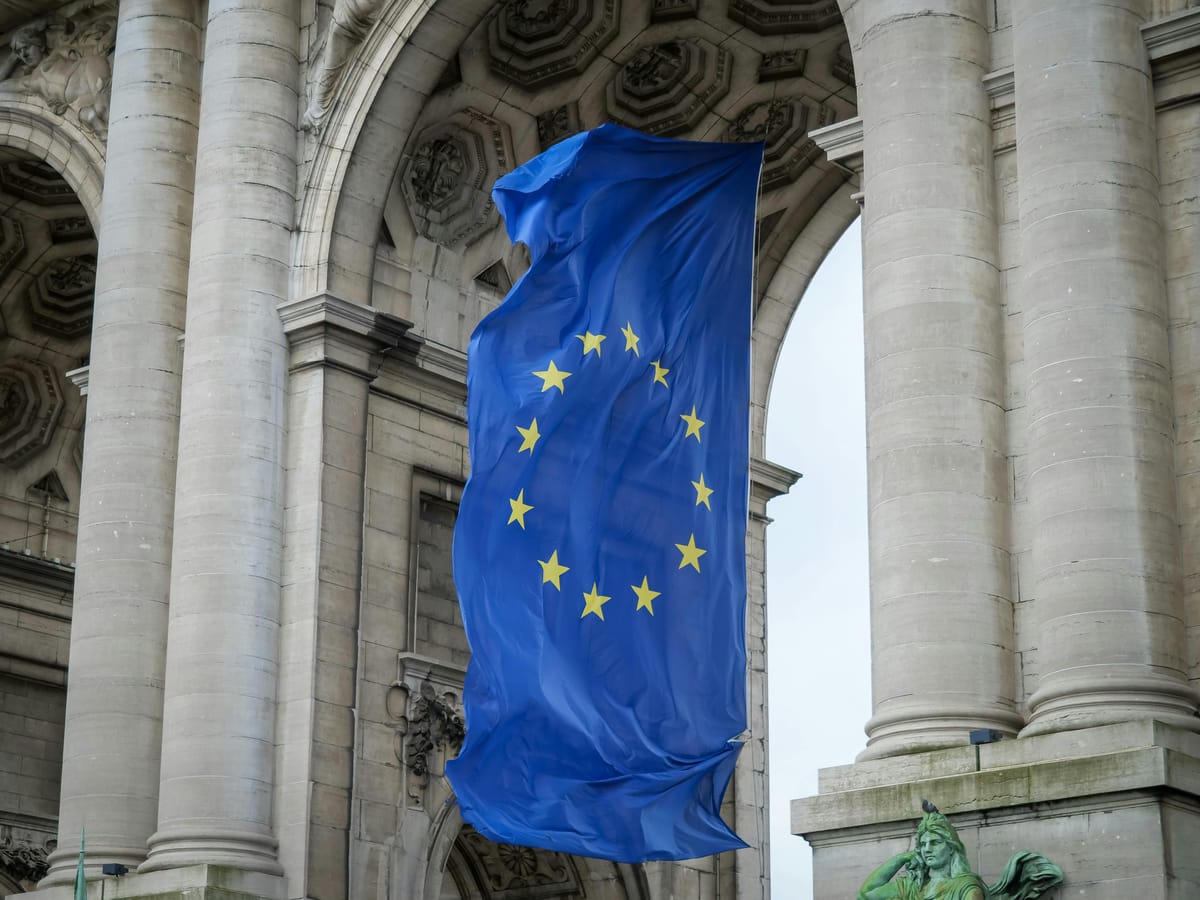EU's New AI Transparency Rules: What Tech Giants Must Now Disclose
The European Union has taken a decisive step toward demystifying artificial intelligence with sweeping new regulations that will force tech giants to lift the veil on their most powerful AI systems. These landmark rules, part of the EU's comprehensive AI Act, represent the world's most ambitious attempt to govern artificial intelligence and could reshape how companies develop and deploy AI technology globally.
What the New Rules Require
Under the EU AI Act, which began taking effect in August 2024, companies operating "foundation models" with significant computational power must comply with unprecedented transparency requirements. These rules apply to AI systems trained with computing power exceeding 10²⁵ floating-point operations (FLOPs) – a threshold that captures major language models like GPT-4, Claude, and Gemini.
The regulations mandate that AI companies provide detailed documentation about their training processes, including:
- Training data sources and composition - Companies must disclose what data was used to train their models, including copyrighted materials
- Model capabilities and limitations - Detailed technical specifications about what the AI can and cannot do
- Risk assessment procedures - How companies identify and mitigate potential harmful outputs
- Energy consumption metrics - Environmental impact data from training and operation
Copyright Protection Takes Center Stage
One of the most significant aspects of these new rules addresses the contentious issue of copyrighted material in AI training datasets. The regulations require companies to implement "state-of-the-art" measures to respect copyright law and provide detailed summaries of any copyrighted content used in training.
This requirement comes as numerous lawsuits challenge AI companies' use of copyrighted books, articles, and creative works without permission. The New York Times, Getty Images, and thousands of authors have filed legal challenges against major AI developers, arguing that their intellectual property was used without consent or compensation.
European publishers and content creators have welcomed these provisions. "This is a crucial step toward ensuring that AI development respects creators' rights," said Caroline De Cock, Director of the European Publishers Council. "Companies can no longer operate in a legal gray area when it comes to using our members' content."
Global Impact Beyond EU Borders
While these regulations technically apply only within the EU's 27 member states, their practical impact will be felt worldwide. Major AI companies like OpenAI, Google, and Anthropic serve European customers and must comply with these rules to maintain market access.
The "Brussels Effect" – where EU regulations become de facto global standards – appears to be taking hold in the AI sector. Rather than maintaining separate systems for different markets, many companies are expected to adopt EU-compliant practices globally.
Microsoft has already announced plans to implement transparency measures across its AI products worldwide, while Meta has indicated it will provide enhanced documentation for its Llama models to meet EU requirements.
Industry Pushback and Compliance Challenges
Tech companies have expressed concerns about the practical implementation of these rules. Industry groups argue that revealing too much about training data and model architecture could compromise competitive advantages and potentially aid bad actors in developing harmful AI systems.
"There's a delicate balance between transparency and security," explained Sarah Chen, AI policy researcher at the Brussels-based think tank Digital Europe. "Companies are struggling with how to comply meaningfully without exposing trade secrets or creating security vulnerabilities."
The regulations include provisions for trade secret protection, but companies must still provide substantial detail to regulators about their AI systems' development and capabilities.
Enforcement and Next Steps
The EU has established a dedicated AI Office within the European Commission to oversee compliance with these new rules. Companies that fail to meet transparency requirements face fines of up to 7% of their global annual revenue – a penalty structure that mirrors the EU's stringent data protection rules under GDPR.
The first compliance assessments are expected to begin in early 2025, with full enforcement ramping up throughout the year. Companies are currently working to establish the necessary documentation and reporting systems to meet these requirements.
The Future of AI Governance
The EU's AI transparency rules represent just the beginning of a broader global movement toward AI regulation. The United States, United Kingdom, and other jurisdictions are developing their own AI governance frameworks, though none match the comprehensiveness of the EU approach.
These regulations signal a fundamental shift in how society approaches AI development – from a largely self-regulated industry to one subject to significant government oversight. For consumers and businesses relying on AI systems, these rules promise greater insight into the technology shaping our digital future, while ensuring that innovation proceeds within a framework that respects both copyright law and public interest.
As AI continues to transform industries and daily life, the EU's bold regulatory experiment will likely serve as a template for how democratic societies can harness the benefits of artificial intelligence while mitigating its risks.
